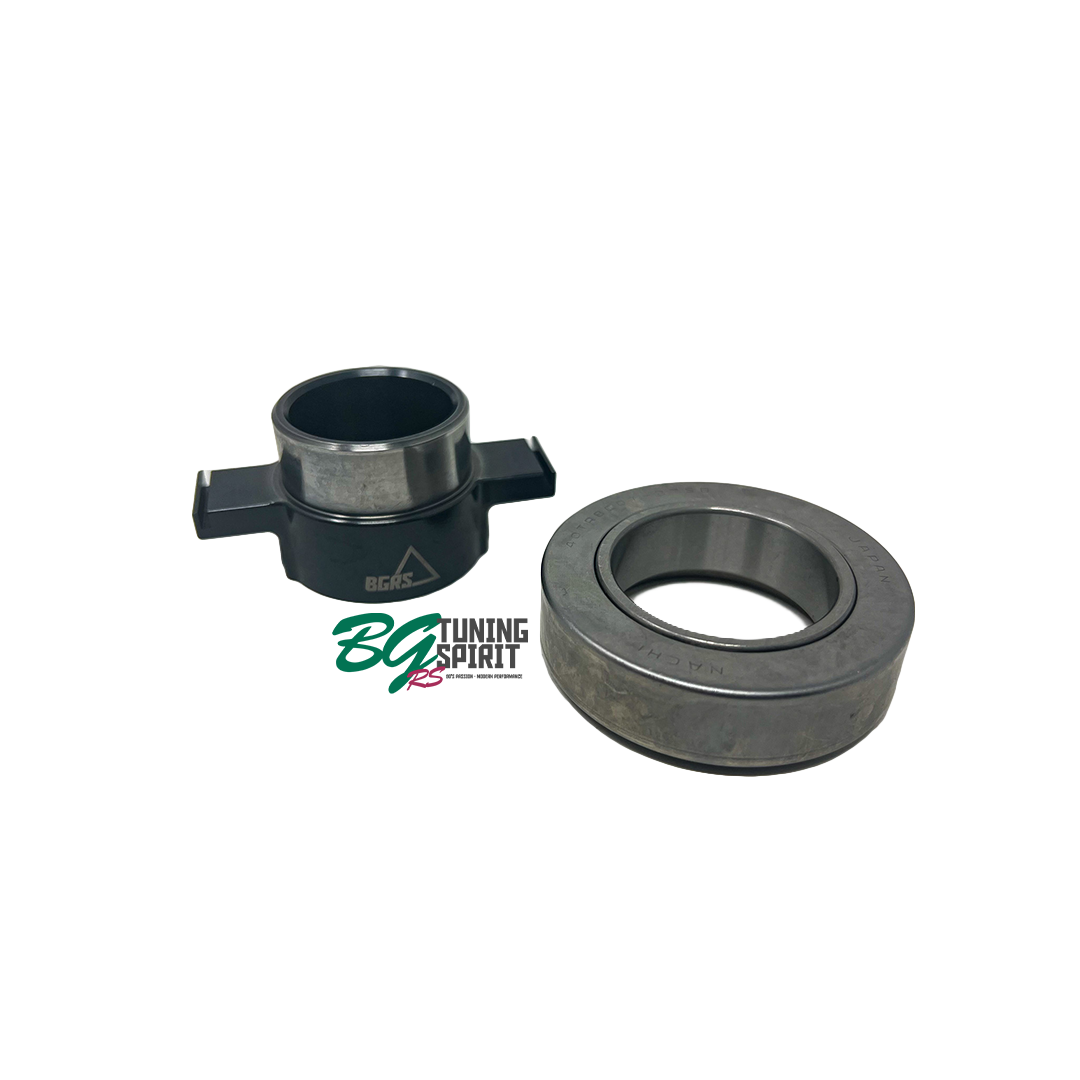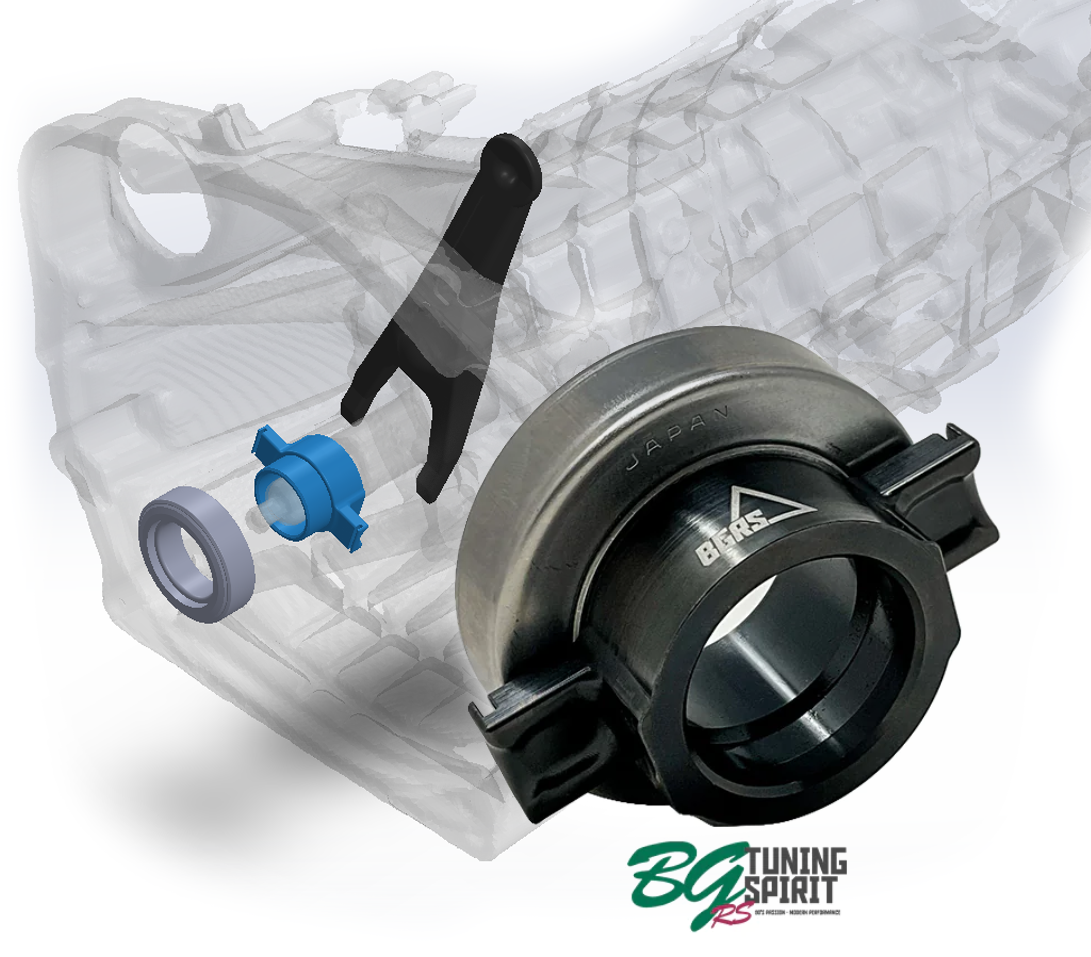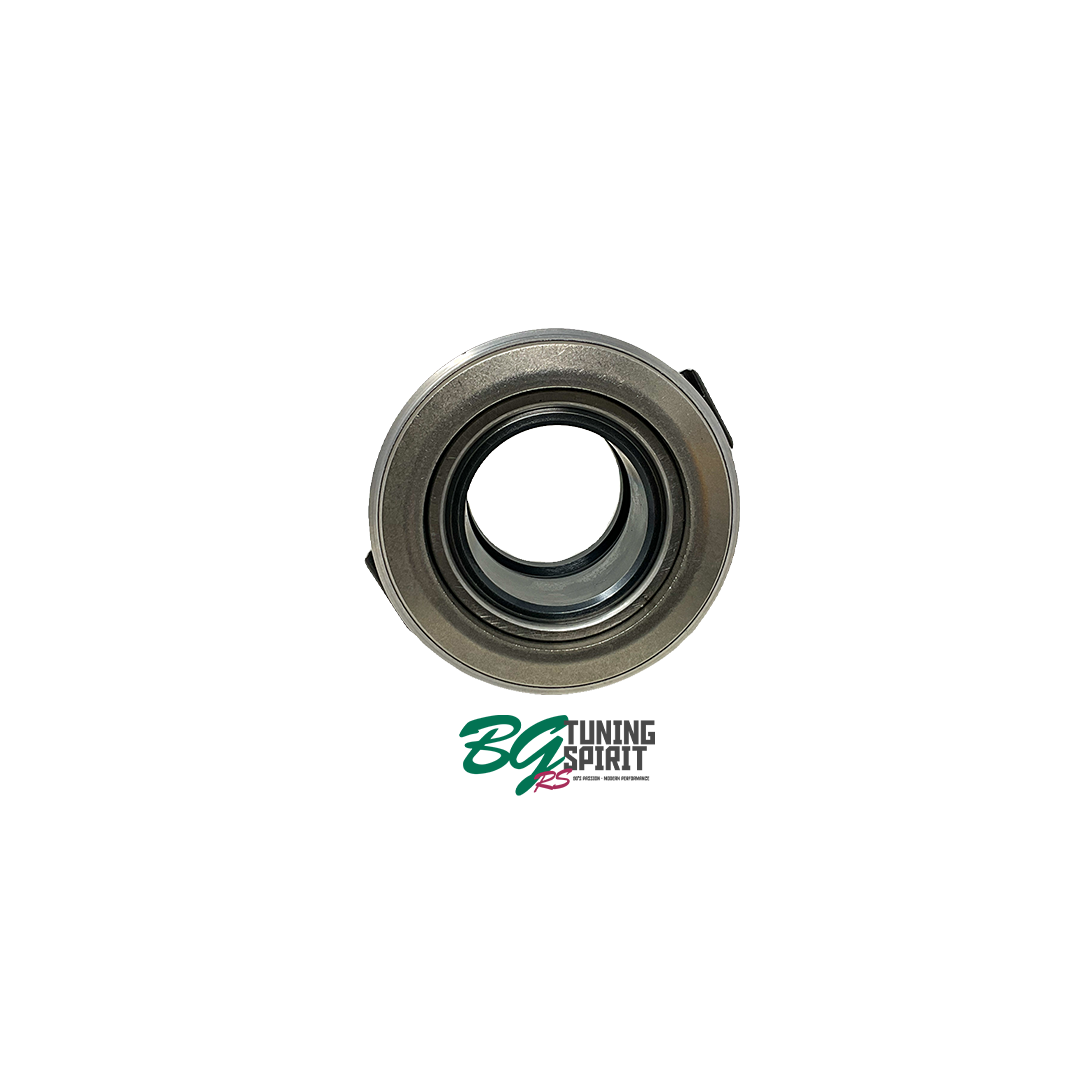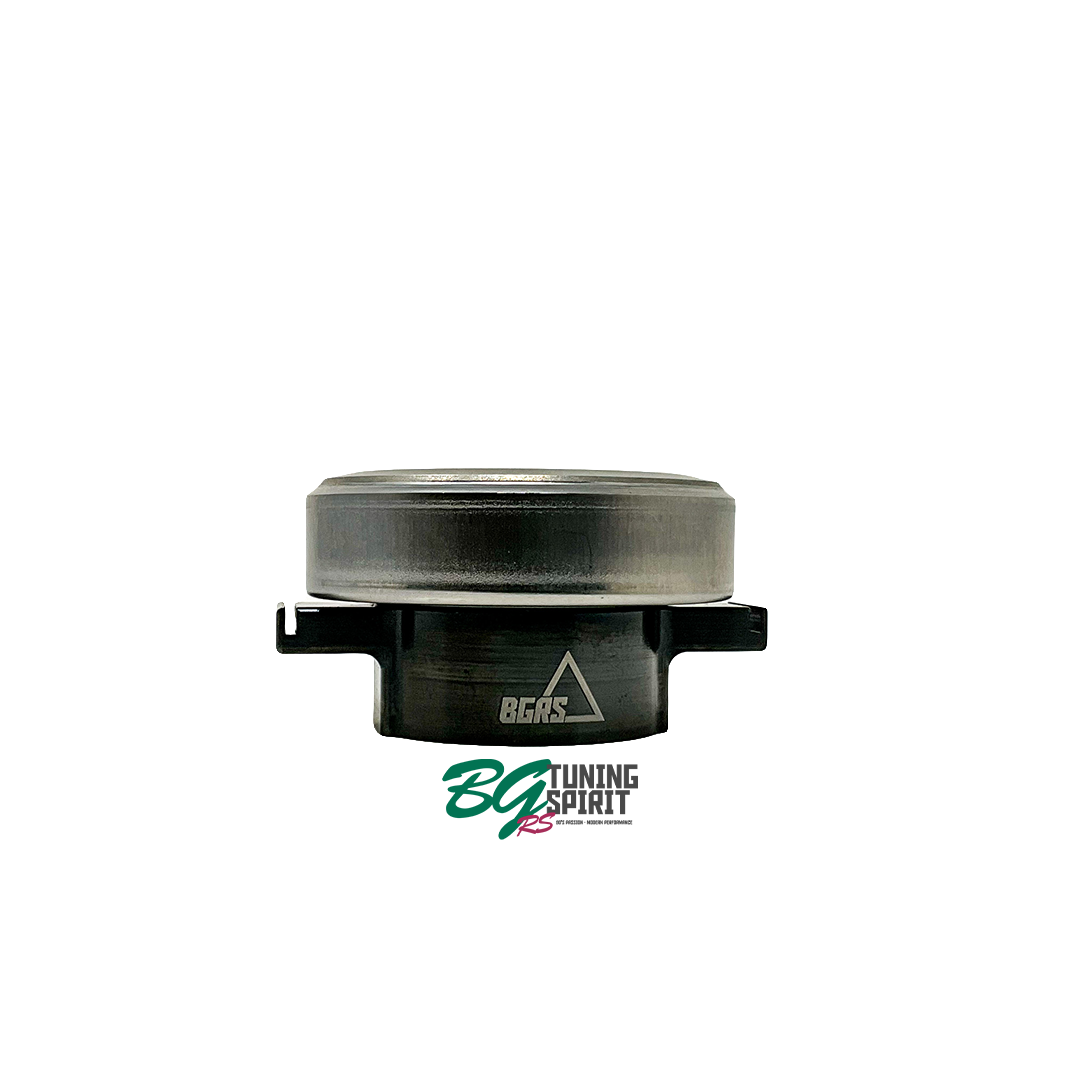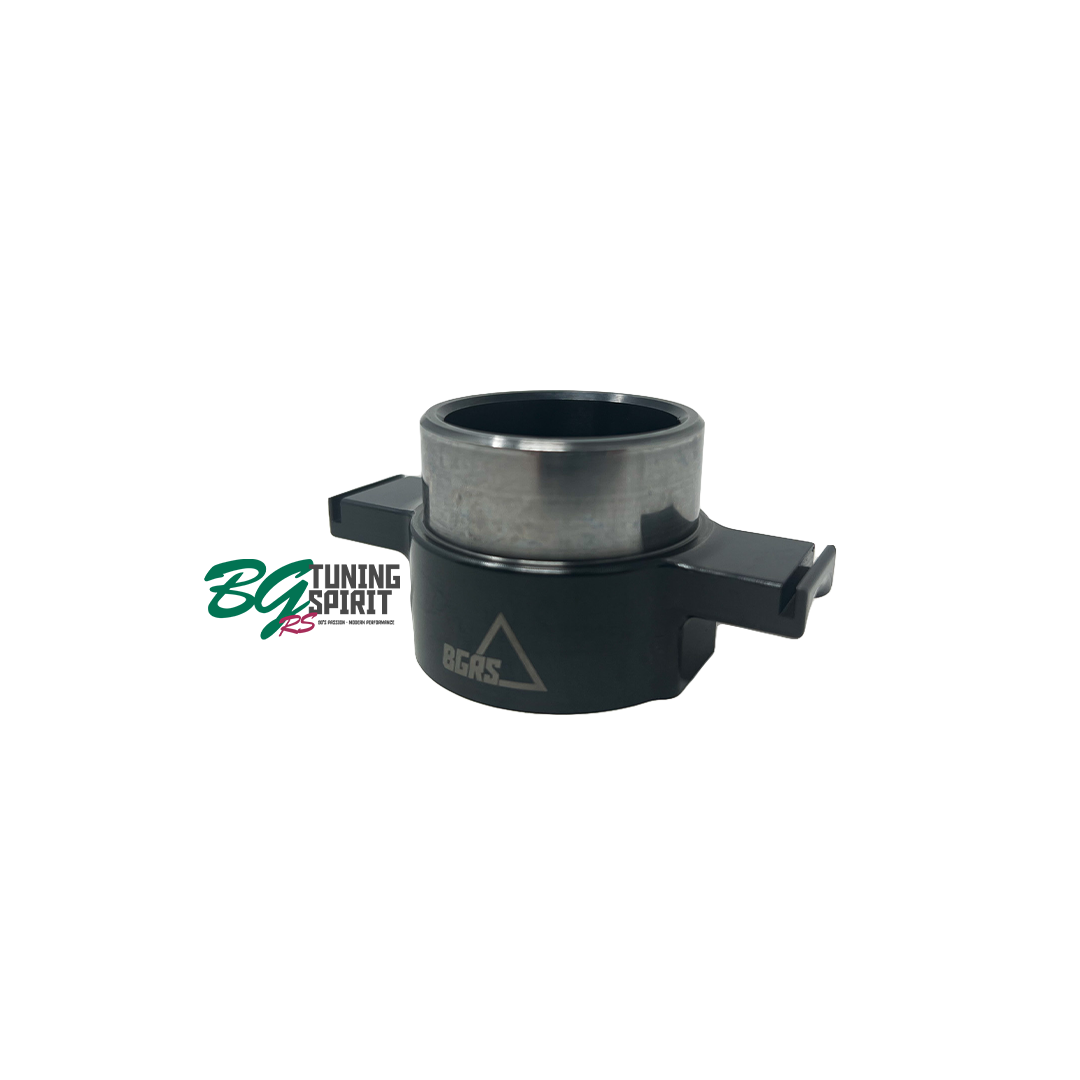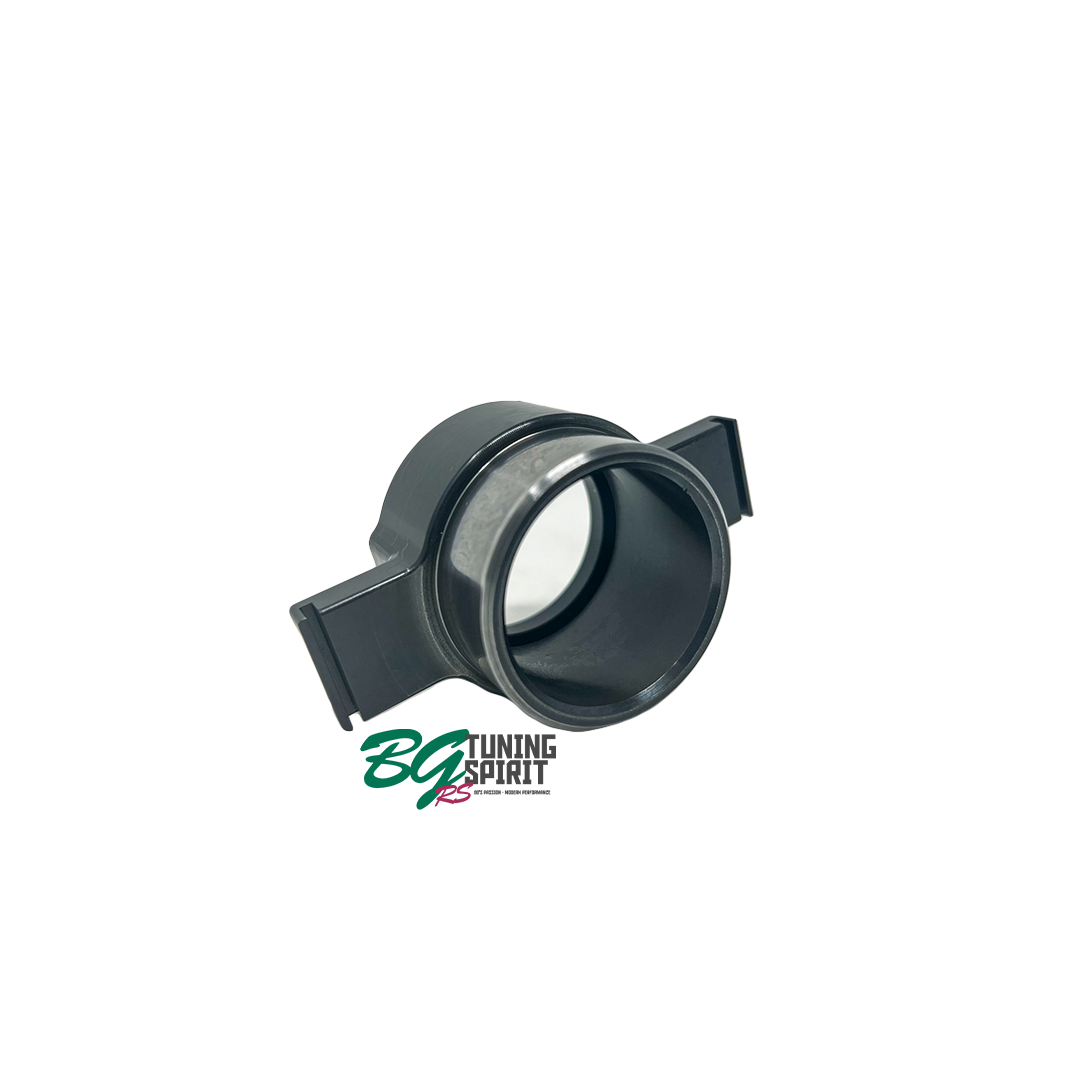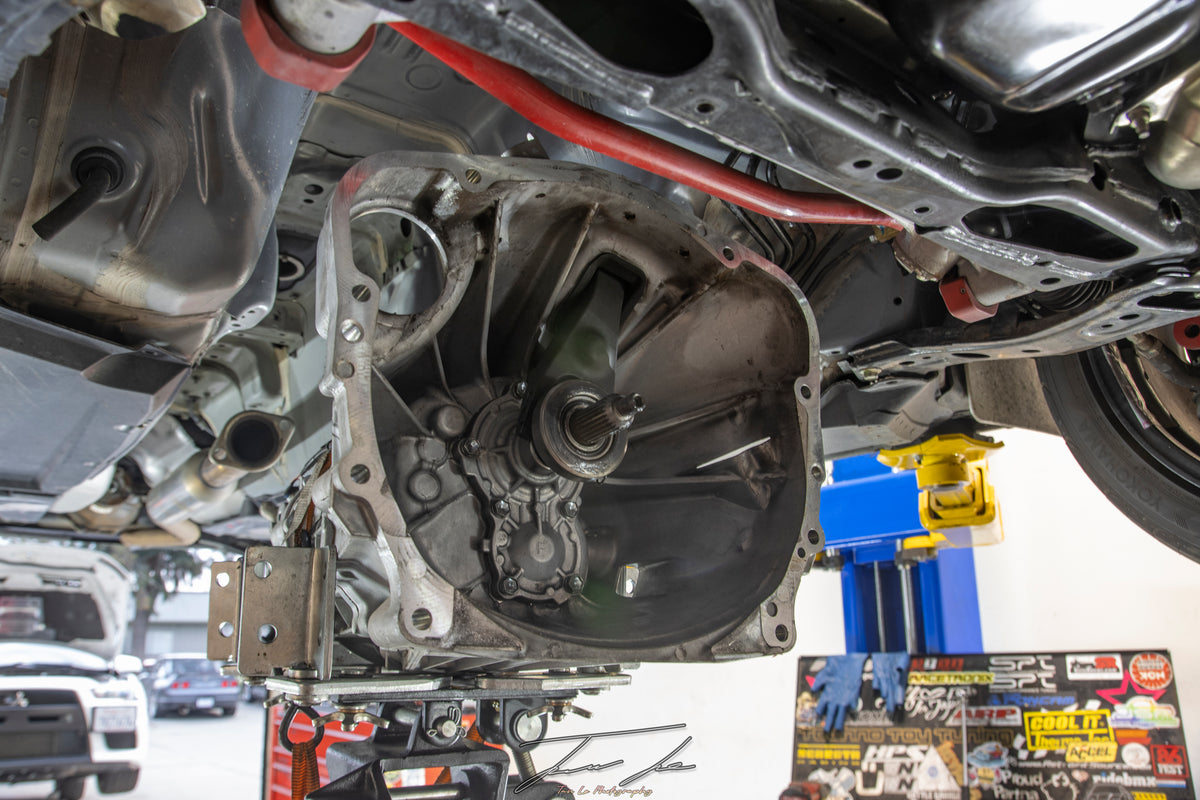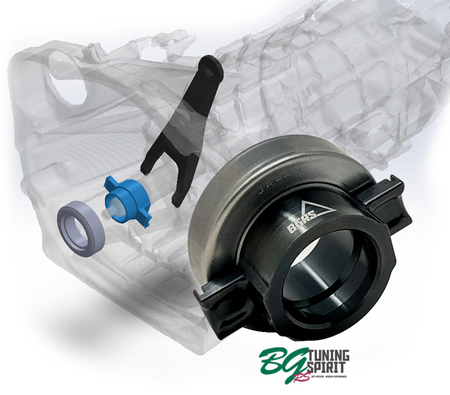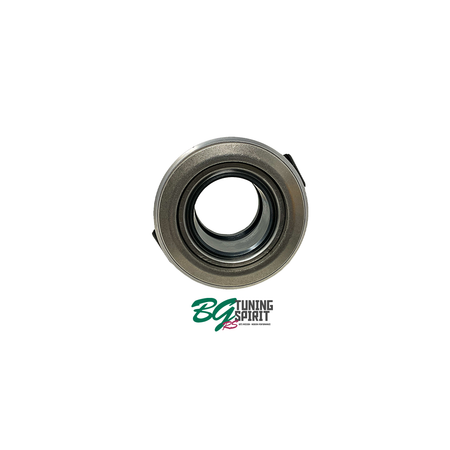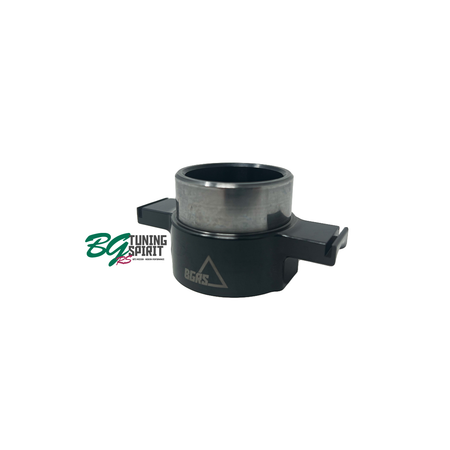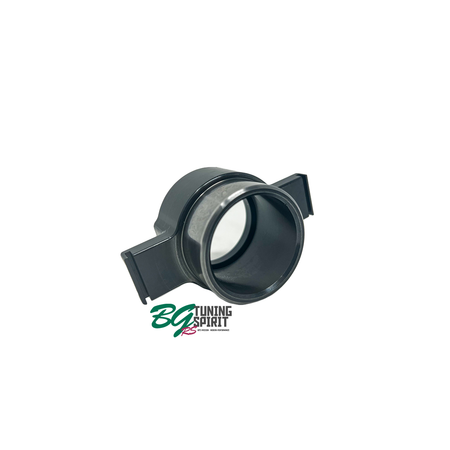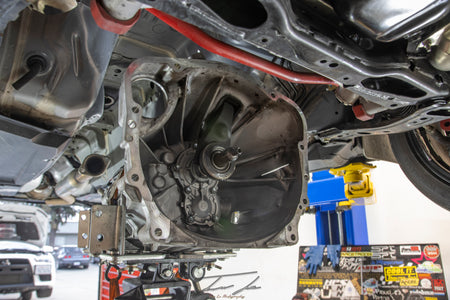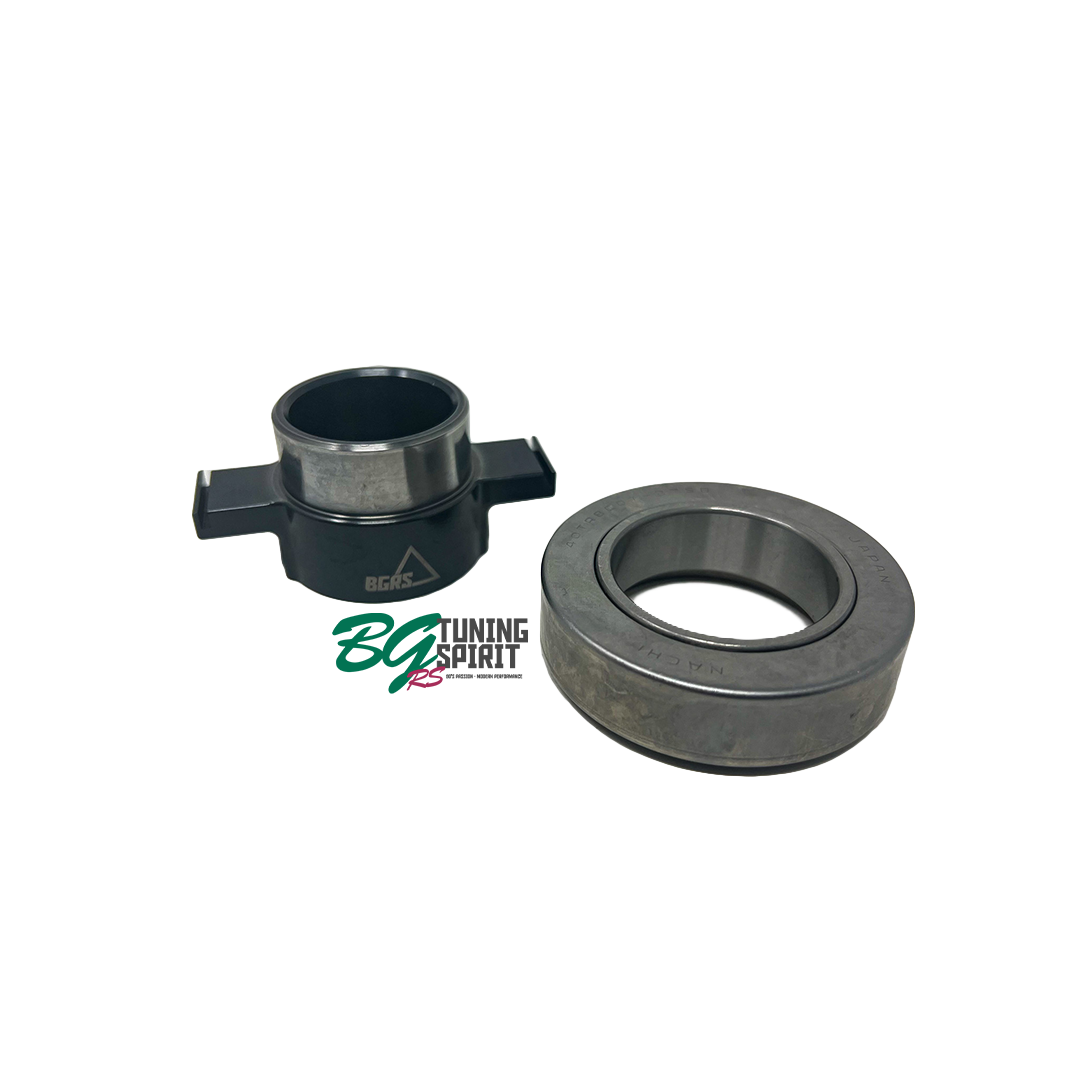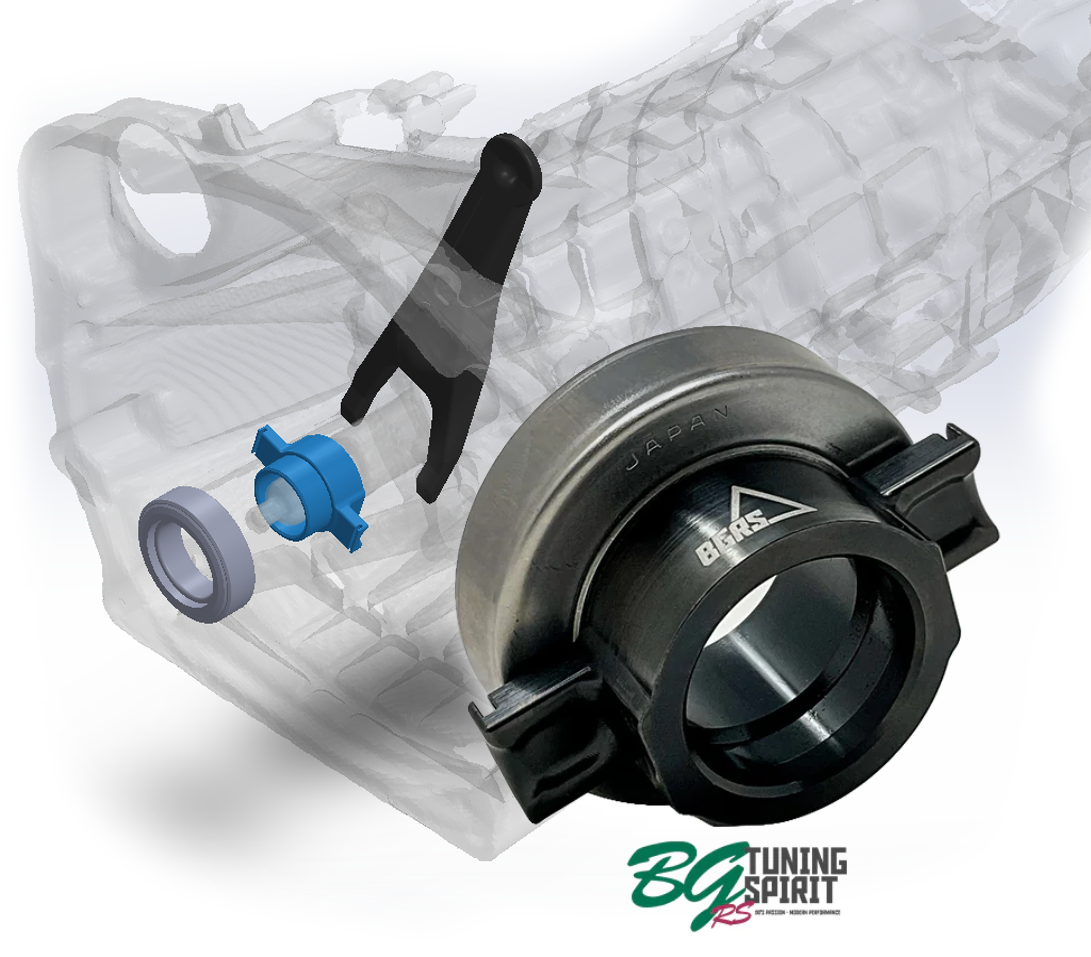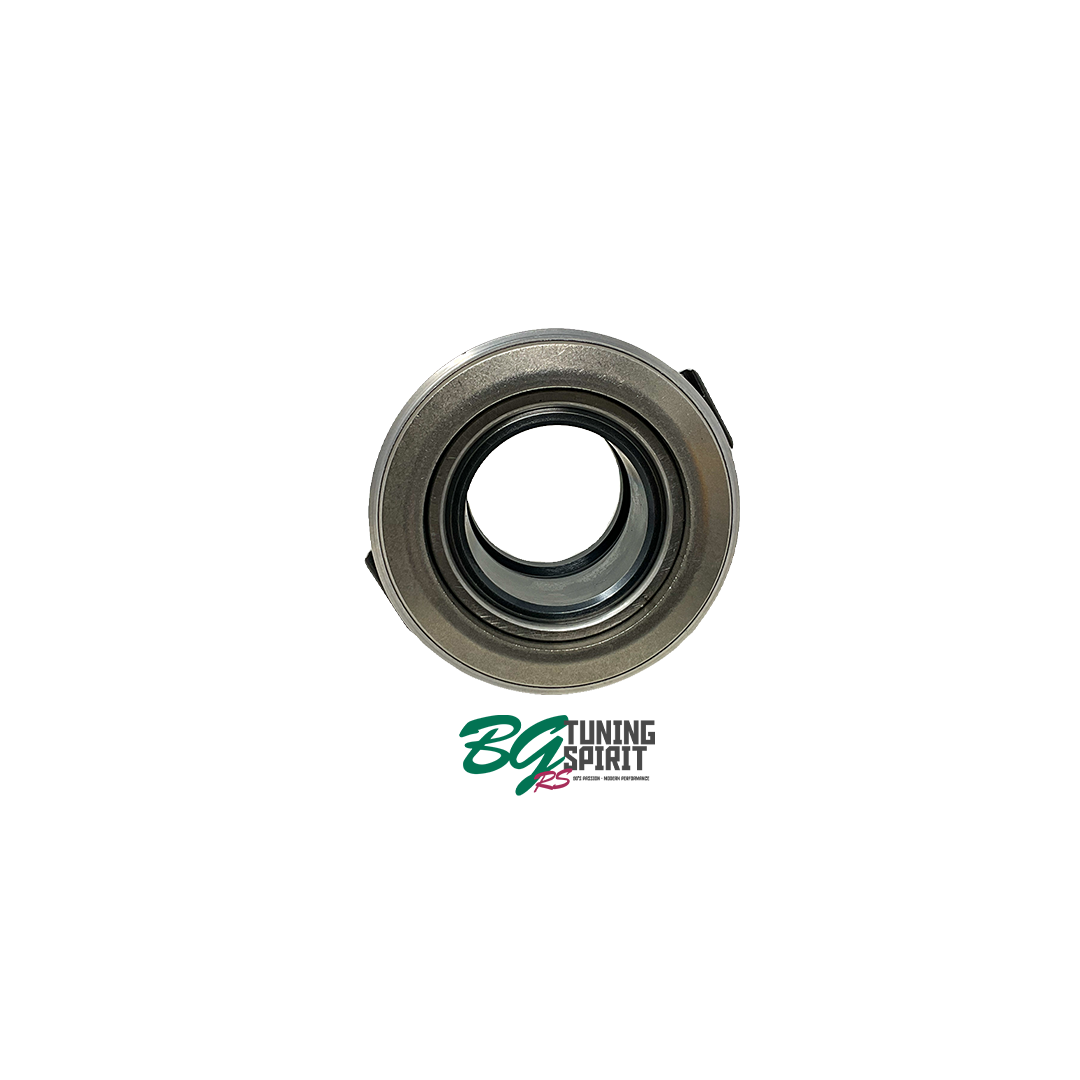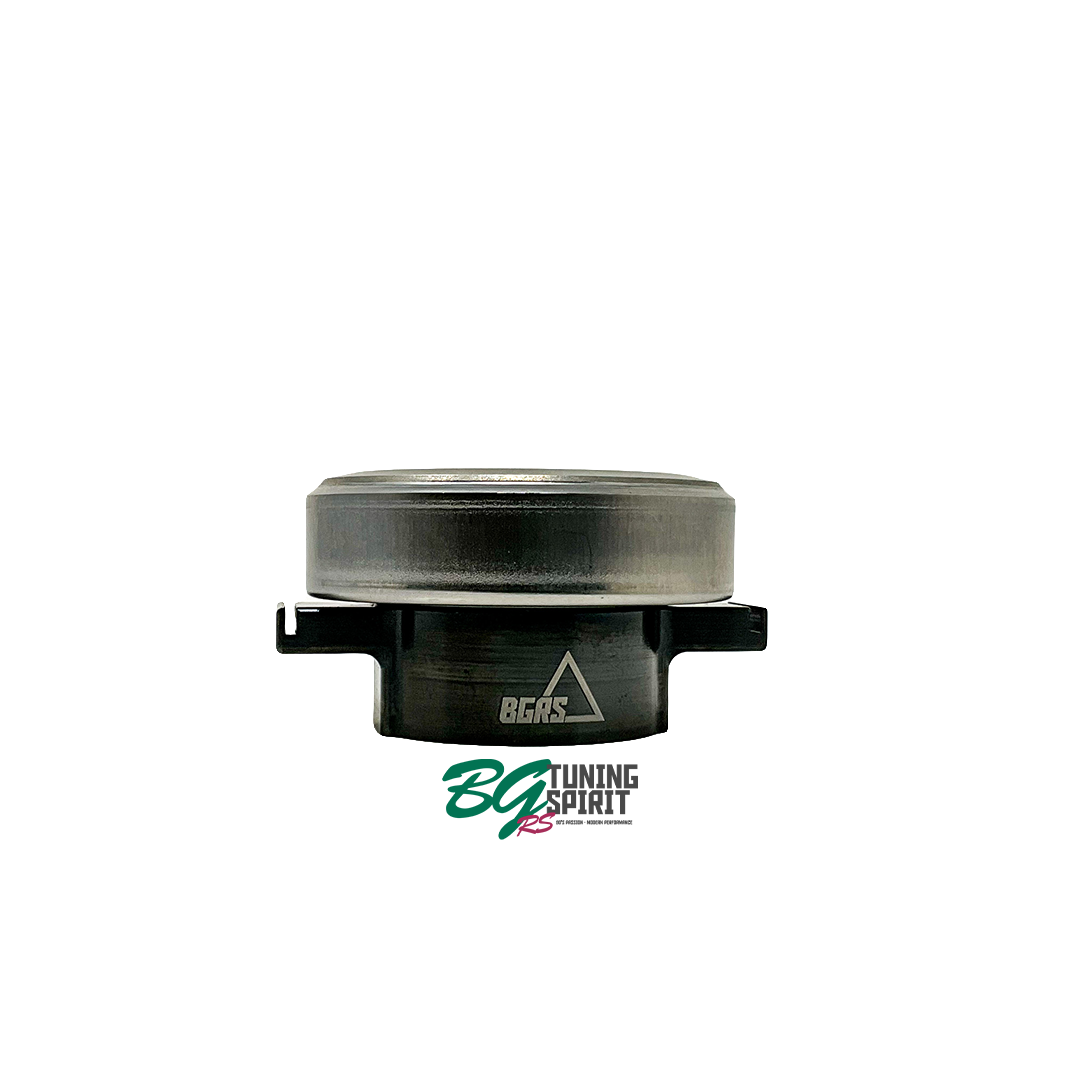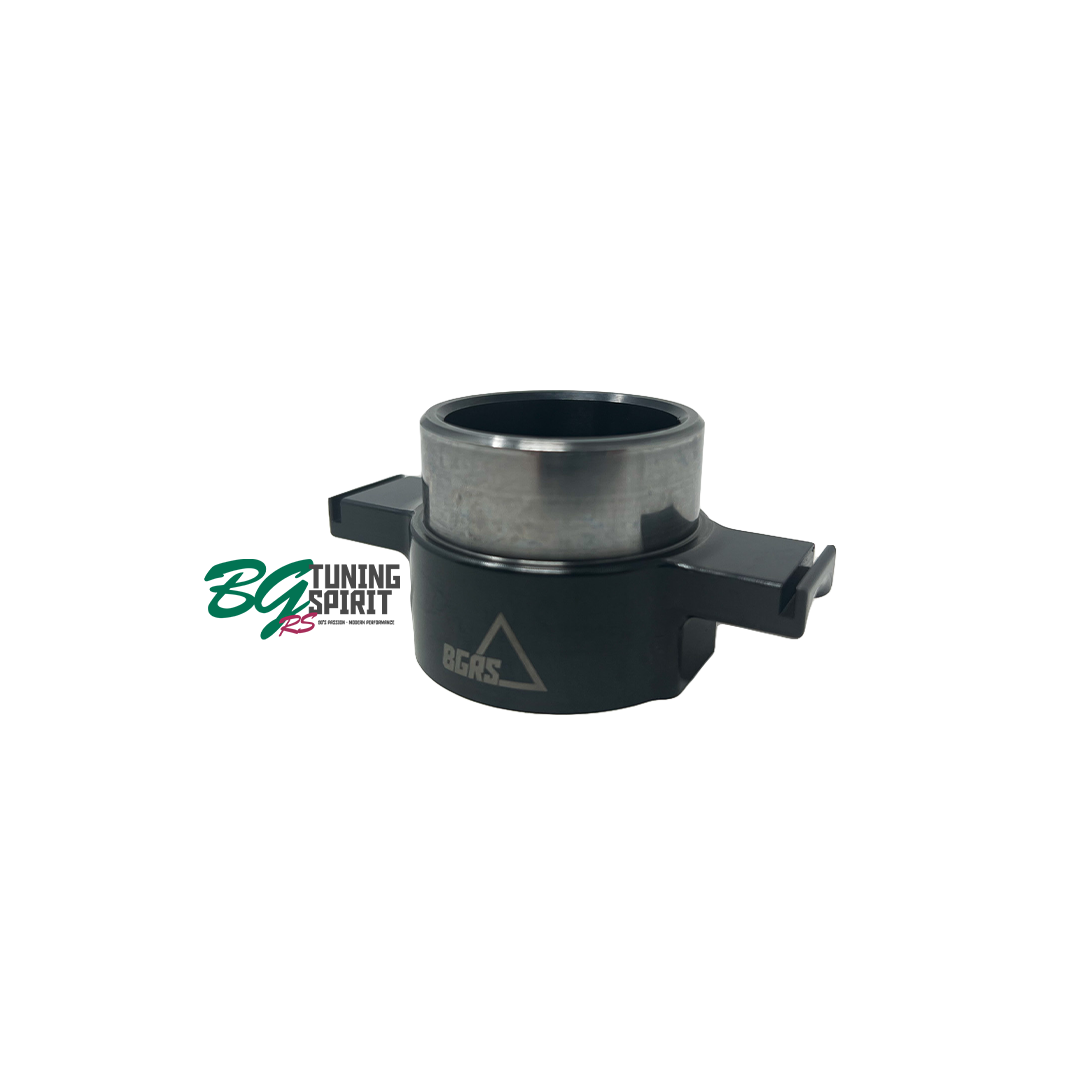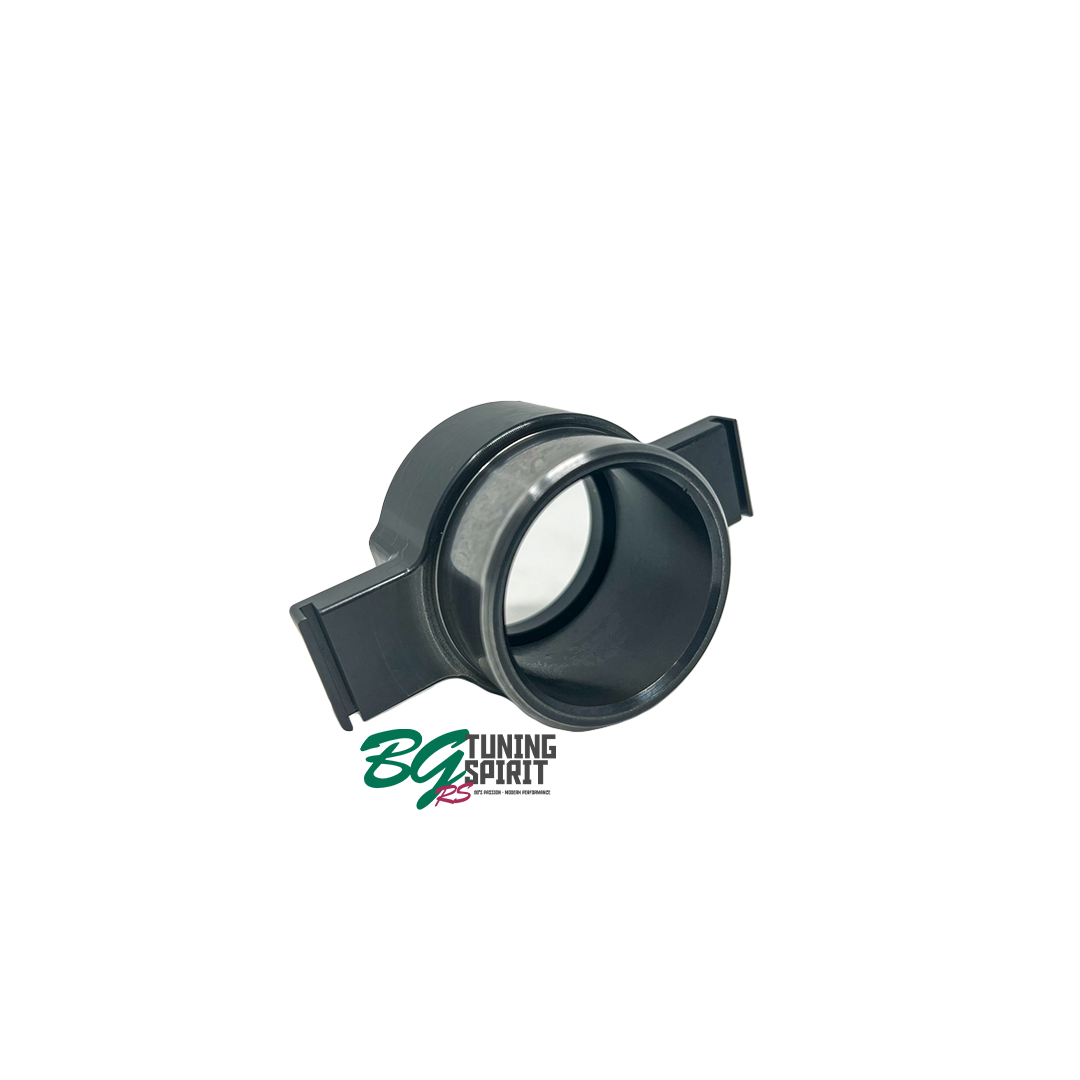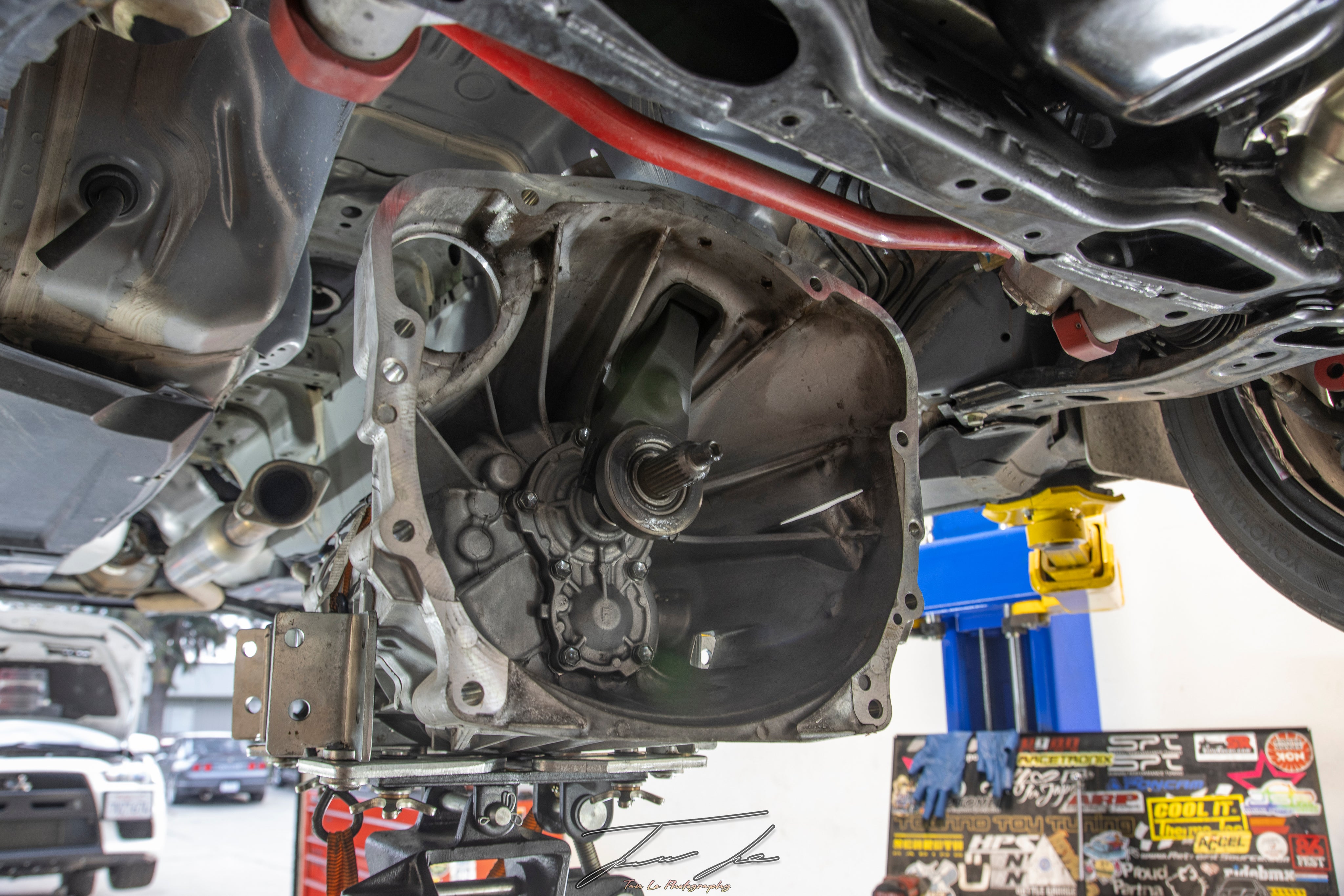BRZ/86 History
Toyota FT-86 Concept (2009)
The Toyota FT-86 Concept debuted at the 2009 Tokyo Motor Show as a compact, lightweight, rear-wheel-drive sports coupe. It was created in collaboration with Subaru, who provided the chassis and boxer engine, while Toyota designed the body and styling. The "FT" stood for "Future Toyota," and the "86" paid homage to the iconic AE86 Corolla Levin/Sprinter Trueno, which was known for its pure, driver-focused dynamics. The concept drew attention for its aggressive styling, low center of gravity, and promise of affordable fun.
Production Cars: Toyota 86 / Subaru BRZ / Scion FR-S
2012 Production Launch
By 2012, the FT-86 evolved into production form as the Toyota 86, Subaru BRZ, and (for North America) the Scion FR-S. This "Toyobaru" partnership aimed to revive the spirit of lightweight RWD sports cars. The trio shared a Subaru-derived 2.0L FA20 flat-four boxer engine making around 200 hp, mounted low for optimal balance.
Key Features
- Rear-wheel drive
- Near 50/50 weight distribution
- Available with a 6-speed manual or automatic
- Torsen limited-slip differential
- Multilink rear suspension
2017 Refresh
In 2017, after Scion's discontinuation, the FR-S was rebadged as the Toyota 86 in North America. Both the 86 and BRZ received minor facelifts, improved suspension tuning, and slight power bumps (up to 205 hp for manual versions), along with some interior tweaks and aerodynamic enhancements.
Second Generation (2022+)
The second-gen models, unveiled in 2021 for model year 2022, saw more distinct styling differences between the Toyota GR86 (now part of Toyota's Gazoo Racing lineup) and Subaru BRZ. Both received a larger, naturally aspirated 2.4L FA24 flat-four engine, bumping power to around 228 hp and addressing criticisms about the first-gen’s torque dip.
Cultural Impact
The 86/BRZ platform became a favorite in grassroots motorsports, drifting, and tuning scenes due to its affordability, simplicity, and playful handling. It’s often considered a modern classic for enthusiasts who value driver engagement over outright speed.
BGRS History
Founding and Philosophy (2013)
Battle Garage Racing Service (BGRS) was founded in 2013 with a mission to bring high-quality, enthusiast-driven solutions to the car tuning community. Rooted in the spirit of 1990s Japanese tuning culture, BGRS set out to blend craftsmanship with functional performance, reviving the era when tuning was both an art form and a science.
AE86 Focus
From the start, BGRS specialized in the iconic Toyota AE86 chassis, providing parts and solutions tailored to one of the most beloved lightweight RWD platforms in automotive history. Their catalog included both OEM replacement parts and carefully selected aftermarket components, serving AE86 owners looking to maintain or enhance the handling and driving characteristics that made the car legendary.
Product Expansion
Over time, Battle Garage expanded its offerings beyond just the AE86. They began supporting a wider range of Toyota performance vehicles from the late 1980s, early 2000s, and modern GR line of chassis. This included models like the Lexus IS300, the ZN6 Toyota 86, and Subaru BRZ.
Their product line grew to encompass:
- Engine parts (4AGE, 3SGE BEAMS, FA, 1JZ/2JZ platforms)
- Suspension and brake upgrades
- Intake and exhaust components
- Drivetrain and cooling system solutions
- Interior restoration and customization items
Philosophy and Community Impact
BGRS built a reputation around enthusiast-focused service and technical expertise. Their approach was simple but effective: supply well-researched, tested products that enhance driving enjoyment while supporting grassroots motorsports and the AE86 tuning culture.
Today
Headquartered in Fremont, California, Battle Garage Racing Service continues to serve a global community of enthusiasts. They remain committed to supporting drivers who value balance, driver engagement, and the timeless charm of classic Japanese sports cars.
![]()
![]()
 https://www.instagram.com/cmautohaus/
https://www.instagram.com/cmautohaus/![]()
CMA History
Founding and Mission (2018)
CM Autohaus was founded in 2018 in Fremont, California, with a mission to provide top-tier, personalized automotive service. The shop was built on a commitment to treating every vehicle—whether a daily driver, high-end performance car, or cherished classic—with meticulous care and attention.
Specialization and Expertise
CM Autohaus is widely respected for its specialization in Subaru platforms, particularly the FRS, BRZ, and GR86 models. With Subaru Factory Training and ASE Master Certifications, the team offers technical expertise that often surpasses typical dealership service departments.
Beyond Subarus, CM Autohaus also has deep roots in working with classic JDM vehicles from the golden era of Japanese motoring. From vintage Nissan, Toyota, and Mazda models to iconic performance legends like the AE86 and S-chassis, CM Autohaus brings a deep understanding of both modern and old-school Japanese platforms.
Services Offered
- FRS / BRZ / GR86 Expertise: Decades of combined experience and technical knowledge go into servicing and upgrading these rear-wheel-drive sports cars.
- Classic JDM Car Services: From restoration to performance upgrades, CM Autohaus applies master-level attention to detail on iconic Japanese classics.
- Performance & Track Cars: Precision work on tuned and track-prepped vehicles, delivering reliable and competitive results.
Philosophy and Customer Focus
The shop prides itself on providing an alternative to dealership-style services, offering master-level workmanship at a more personal and transparent level. CM Autohaus has become a trusted name in the Fremont area for drivers who value both technical skill and customer-first service.
Community Impact
With a loyal customer base, CM Autohaus has earned a reputation for treating customer vehicles as if they were their own—whether it’s a fully-built track machine or a treasured JDM classic. Their garage has become a hub for local enthusiasts who want their cars maintained and upgraded with passion and precision.
The Problem

Background on issue
Poor Quality Throwout Bearings
Subaru BRZ, Toyota 86, and Scion FR-S launched in 2012, one of the common reliability complaints from owners involved premature failure of the clutch throwout bearing (also known as the release bearing). This bearing is responsible for disengaging the clutch when the driver presses the clutch pedal.
- Bearing noise (whining or squealing)
- Grinding or rough clutch engagement
- In some cases, catastrophic bearing failure leading to damage of the clutch fork or input shaft sleeve.
Root Cause
The issue stemmed from a combination of factors:
- Bearing Design: The OEM bearing was considered undersized and lacked sufficient durability for long-term use, especially under spirited driving or track conditions.
- Grease Starvation: Many bearings were under-greased from the factory, leading to accelerated wear.
- Clutch Fork/Slave Cylinder Geometry: Some have speculated that the combination of the clutch fork angle and hydraulic engagement points contributed to uneven loading on the bearing.
Who is affected
Who is Most Affected?
 1. Enthusiast Drivers / Track Users
1. Enthusiast Drivers / Track Users
- Drivers who frequently participate in track days, autocross, or spirited canyon runs are the most likely to wear out the OEM throwout bearing quickly.
- Aggressive driving often involves higher RPM clutch engagement, more heat cycling, and increased pressure on the bearing.

2. Modified Cars with Aftermarket Clutches
- Owners who install stiffer, high-clamp aftermarket clutch kits often see premature failure of the stock bearing. The OEM bearing was designed for the stock clutch load and may not withstand the additional stress from heavier pressure plates.
- In some cases, the geometry of aftermarket setups can exaggerate misalignment issues, putting more strain on the bearing.

3. Early Production Models (2013-2016)
- The earliest builds of the first-generation FR-S, BRZ, and Toyota 86 are reported to have a higher failure rate, as these cars left the factory with the least-refined components in terms of clutch and bearing design.
- Some factory updates to related components (like clutch forks and slave cylinders) were introduced in later years.
4. High-Mileage Stock Vehicles
- Even for owners who drive their cars conservatively, the throwout bearing tends to be a weak link as mileage builds past 40,000
- As the bearing wears, it may start to squeak, grind, or cause inconsistent clutch pedal feel.

2022+ Second Gen Owners
- GR86 / 2nd-gen BRZ (2022+) owners are starting to report familiar bearing noise and early signs of wear, especially when used on track or with upgraded clutches.
- Subaru and Toyota appear to have improved the bearing slightly, but it still shares a similar design philosophy with the first-gen parts, making it a point of concern for heavy users.
Who is Less Affected?
- Owners who primarily use their cars for casual commuting or light weekend driving.
- Automatics (although rare for enthusiasts) are unaffected, as they do not use a manual clutch system.
Expected Throwout Bearing Lifespan by Use Case
1. Daily Driver / Light Use (Stock Clutch)
-
Expected lifespan:
~ 40,000 to 80,000 miles - In conservative use cases—commuting, light weekend driving, and minimal hard launches—the OEM bearing can last a reasonable amount of time, often surviving until the first clutch replacement interval.
2. Spirited Street Driving (Occasional Aggressive Use)
-
Expected lifespan:
~ 25,000 to 40,000 miles - Cars used for canyon carving, spirited mountain driving, or occasional hard launches will typically see accelerated wear due to frequent clutch cycling under higher loads.
3. Track Days / Autocross / Heavy Enthusiast Use
-
Expected lifespan:
~ 15,000 to 25,000 miles - Track and autocross drivers often report noise or failure symptoms much earlier, especially when the car is heat-soaked or used in competitive environments. Higher RPM clutch engagements and aggressive downshifting strain the bearing more than casual driving.
4. Aftermarket Clutch + Hard Driving
-
Expected lifespan:
~ 10,000 to 15,000 miles - Aftermarket clutches with higher clamping force or misaligned install geometry (e.g., non-OEM flywheels or clutch forks) can cause the OEM bearing to fail prematurely.
Other Factors That Affect Lifespan:
- Poor lubrication from the factory (especially early models)
- Frequent clutch slipping or riding the clutch pedal
- High-heat cycles from track driving without adequate cool-down periods
- Clutch pedal mis-adjustments or excessive preload from aftermarket slave cylinders
What solutions are available
There are a few clutch companies that will include a slightly upgraded throwout bearing with their kits, majority use the same flawed Subaru design, and ultimately have the same issues as the OEM.
ORC is one exception, in their race series clutches they include their own design of carrier and throwout bearing. Unfortunately they do not use factory specifications and these bearings are only good with the ORC clutches. While ORC is one of our favorite clutch kits for track applications, the lugged design of their race clutches are extremely noisy and are not advised for anyone looking for a quiet street application.
X-Clutch has a universal Hydraulic throwout bearing. This is also a more race car style application. Expensive, and requires an experienced installer to get correct. This is a great option for track and drift applications, but unfortunately again we do not see this being a great option for those looking for a street car solution.

